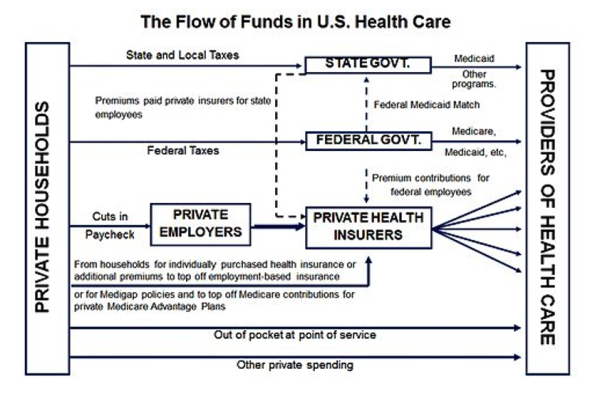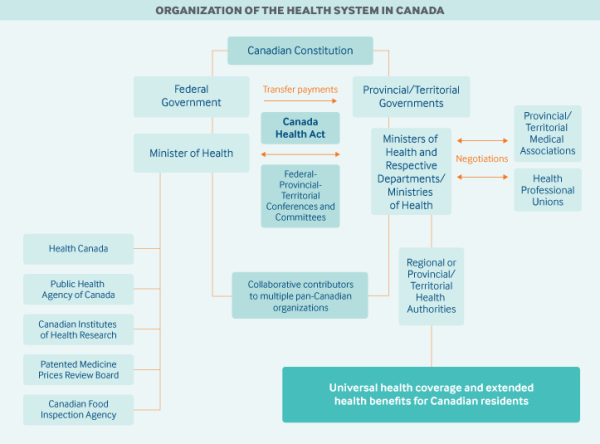“Trust, once lost, could not be easily found. Not in a year, perhaps not even in a lifetime.” – J.E.B. Spredemann
The Cataclysm:
In recent weeks, much news has been circling around the dramatic event that ended in the murder of Brian Thompson, the former chief executive officer of United Healthcare. It was the early morning of December 4, 2024, when Thompson decided to walk to the “company’s investors conference”, leaving the New York Hilton Midtown hotel in Manhattan. Thompson had begun walking down the block while his suspected killer, Luigi Mangione, waited in the shadows to suddenly appear behind to shoot the CEO to his death. Mangione was eventually apprehended after being recognized at a local McDonald’s in Altoona, Pennsylvania.
The unforeseen murder had the entire world entranced at the unreal play of events that almost seemed out of a movie: dramatic but also foreshadowing of the hatred lingering within the American society surrounding the healthcare system.
Healthcare in the United States:
With a population of around 335 million, the United States is ranked among the third most populous country in the world. Out of 335 million, 305.2 million Americans were insured by a form of health insurance, with private health insurance continuing to be “more prevalent” than public health insurance.
The US has the most expensive and inequitable health-care system of the developed world. Medical debt continues to be the leading cause of personal bankruptcy, and U.S. performance on several key health outcomes is consistently below that of peer nations. Healthcare has been adding to the deficit, with the high costs “adding hundreds of billions to our national debt each year.”

In a recent report conducted by Association of Healthcare Journalists, it was found that more than half of “working-age adults with health insurance struggle to pay for health care” with one-third of them also “carry[ing] medical debt.” The report also found that the lack of healthcare coverage leads “consumers to delay or skip care altogether”. The growing trend has become a continuous pattern, as even “healthy and insured Americans” are avoiding the adequate care needed due to the rising “out-of-pocket costs”.
Medicare in Canada:
Medicare, as termed by the Government of Canada, is “Canada’s publicly funded health care system.” With this funded healthcare, it contains a national plan that covers around 13 provincial and territorial health care insurance plans. The plan covers all expenses, ranging from “necessary hospital” to “physician services”. The healthcare is publicly funded, which allows for the many services to be covered. However, services such as “prescriptions, dental care, and vision care” are not covered by Medicare. Access to healthcare in Canada is based on need rather than the ability to pay. This has been the founding principle of the Canadian health-care system since the beginning. However, there were also troubles that faced their path in making health care accessible to all. There were inequities, primarily with the care to indigenous populations, which have been rectified.

The Canada Health Act serves as a guideline and code of standards to be met in relation to “insured health services and extended health care services. Through such proclaimed “insured” healthcare, there has been much progress in “treating sickness and alleviating the consequences of disease and disability among all income groups”, allowing for equity to carry through in the Canadian healthcare system. Such standard are the following included:
- public administration
- comprehensiveness
- universality
- portability
- Accessibility
Their code of ethics has been set forth as “to protect, promote and restore the physical and mental well-being of residents of Canada and to facilitate reasonable access to health services without financial or other barriers.”
A Personal Experience:
Through her time in Quebec, Canada, Lillian Hund (’25) had an unplanned trip to the local hospital after hurting her wrist. She detailed how the hospital was “definitely not as clean” as many hospitals within the United States, adding on how it was “hard to find [her] way around” the hospital as many of the staff were not present. With no other patients in waiting, Hund had her right wrist unconventionally put back into place “in a hallway”, with little understanding of what was occurring as “not much English” was spoken. Even as the treatment in Canada was seemingly disparate compared to the treatment given in the US, Hund found comfort in finding that the cost for repairing her wrist was much “cheaper” compared to “$2,500 for a fracture needing a cast” in the US.
The Bright Side:
Through much research surrounding the two healthcare systems, it’s plausible to find the different insurances very distinct from each other. Canada is highly known for inexpensive form of healthcare insurance, while the US is known for having such expensive healthcare insurance that it often causes many to be in debt. Nonetheless, the forms of treatments given are also very divergent, with Hund describing her overall treatment with a hospital in Canada as being unclean with a lack of physicians being present. Though much determination and effort must be put towards rectifying the financial draining nature of the healthcare system in the US and in earning back the confidence of the American people, society must also remember and be appreciative of the several advancements in medicine that our healthcare has made in saving millions of lives around the country.














